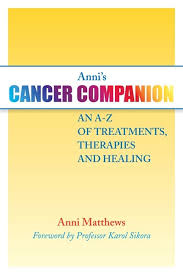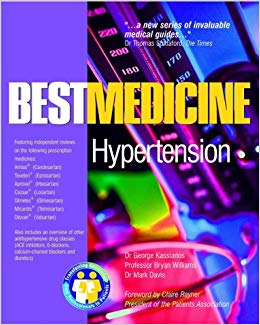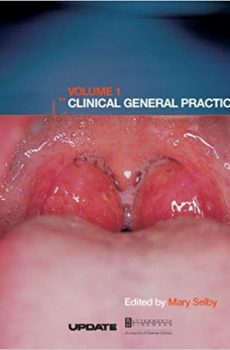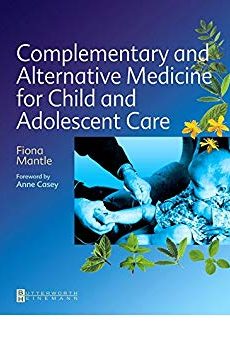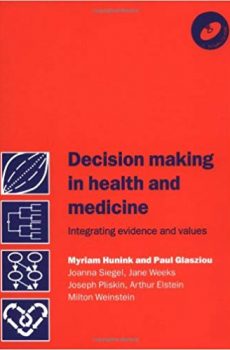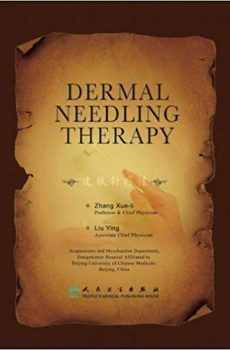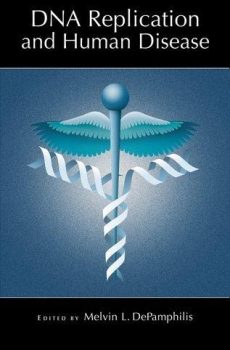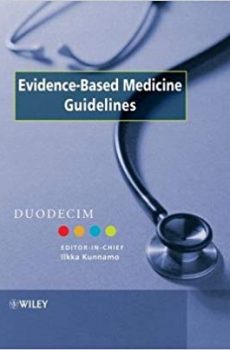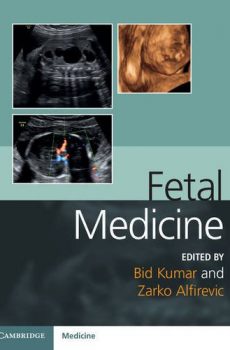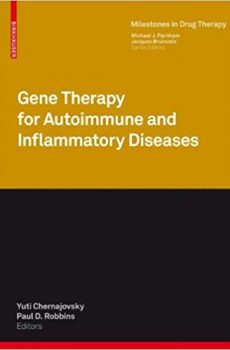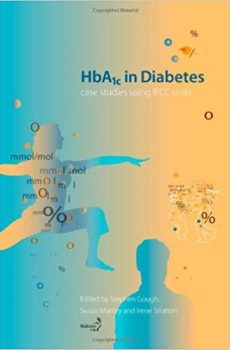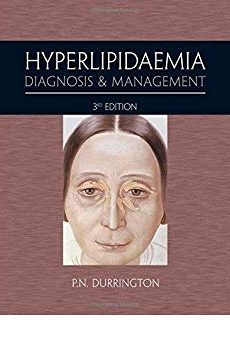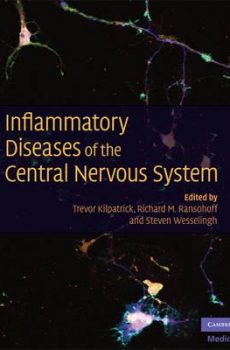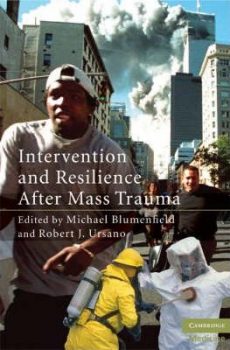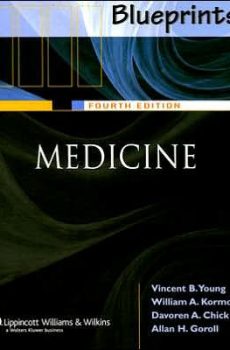A practical, clinically-oriented handbook of iron overload disorders giving a compact guide to normal iron metabolism, iron-related pathobiology, and the diagnosis and management of heritable and acquired iron overload disorders. Many of these disorders were discovered and characterized only in the last decade, and are unmentioned or inadequately described in most texts. Written by clinicians for clinicians, this handbook summarizes information on diverse iron overload conditions, including their history, signs, symptoms, and physical examination findings, genetics, genotype-phenotype correlations, pathophysiology, differential diagnosis and treatment. Most physicians, regardless of specialty, encounter patients with systemic or organ-specific iron overload conditions. This book contains essential information for practising adult and pediatric medical specialists in the fields of hematology, gastroenterology, hepatology, rheumatology, endocrinology, diabetology, neurology, oncology, dermatology, and internal medicine. Pathologists, pharmacologists, geneticists, genetic counselors, and epidemiologists will also find substantial, up-to-date sections in this handbook that are pertinent to their respective fields of interest.



